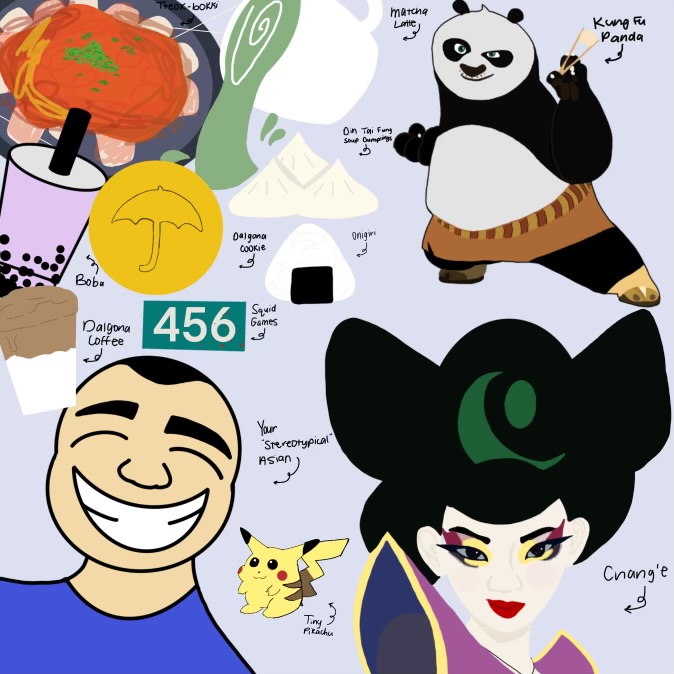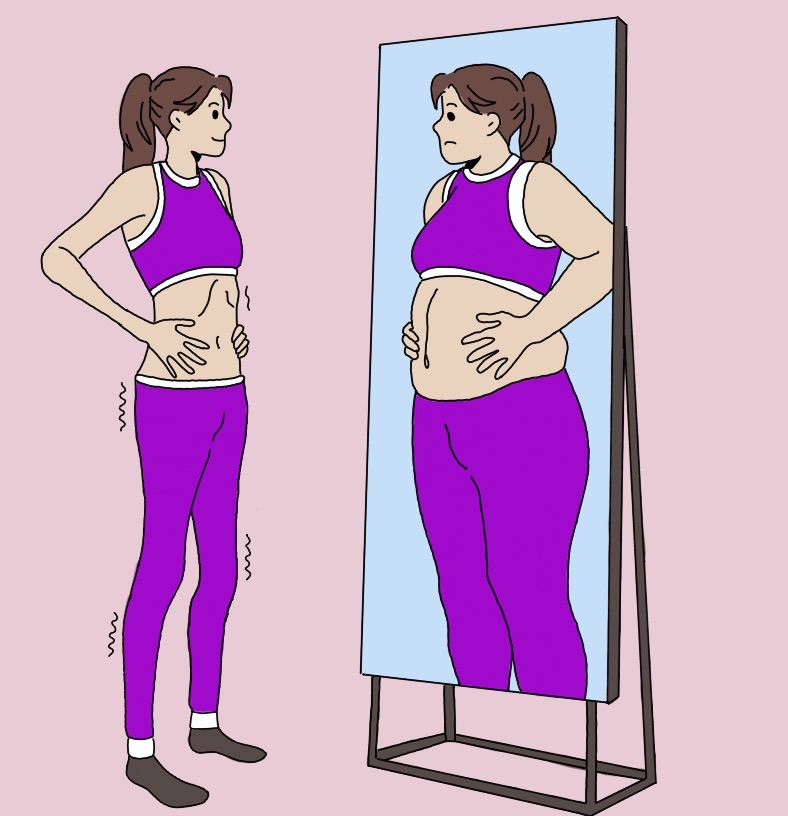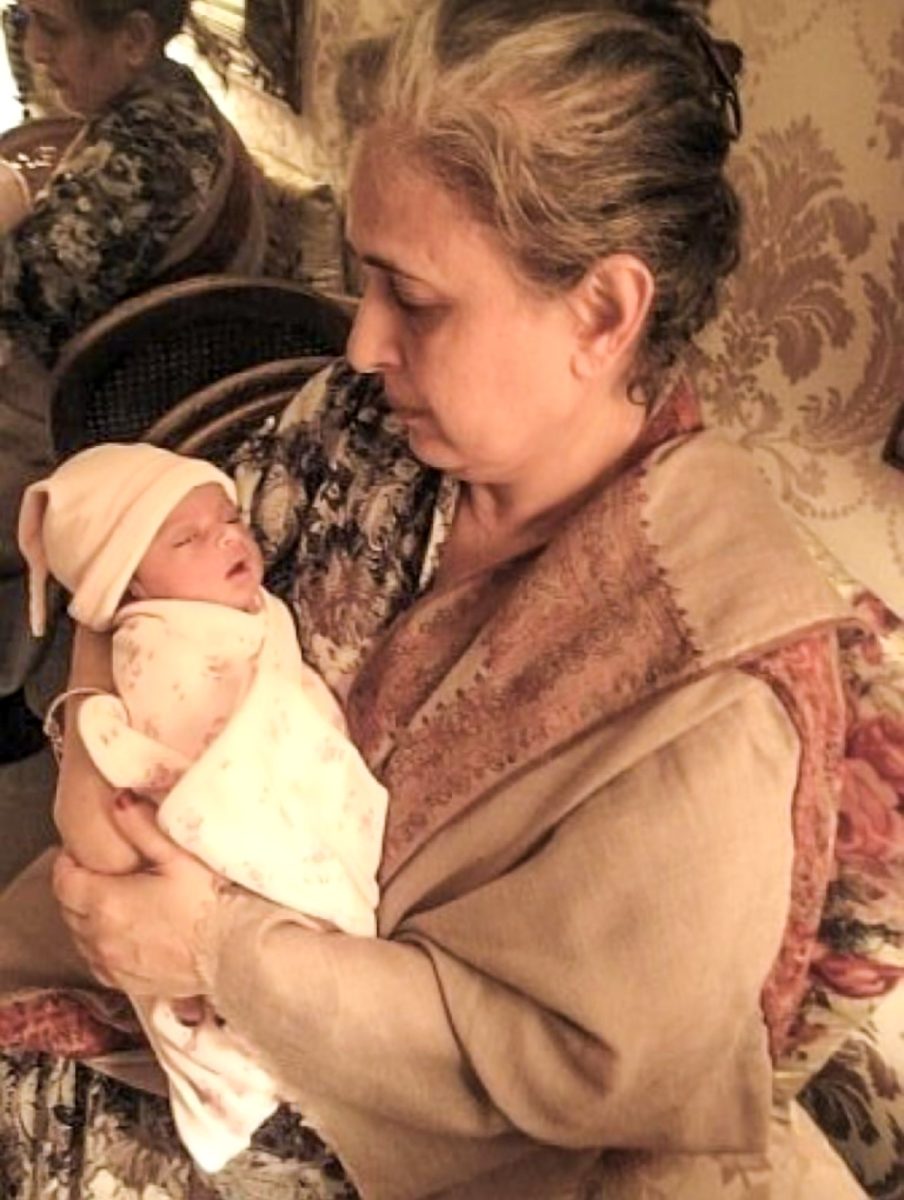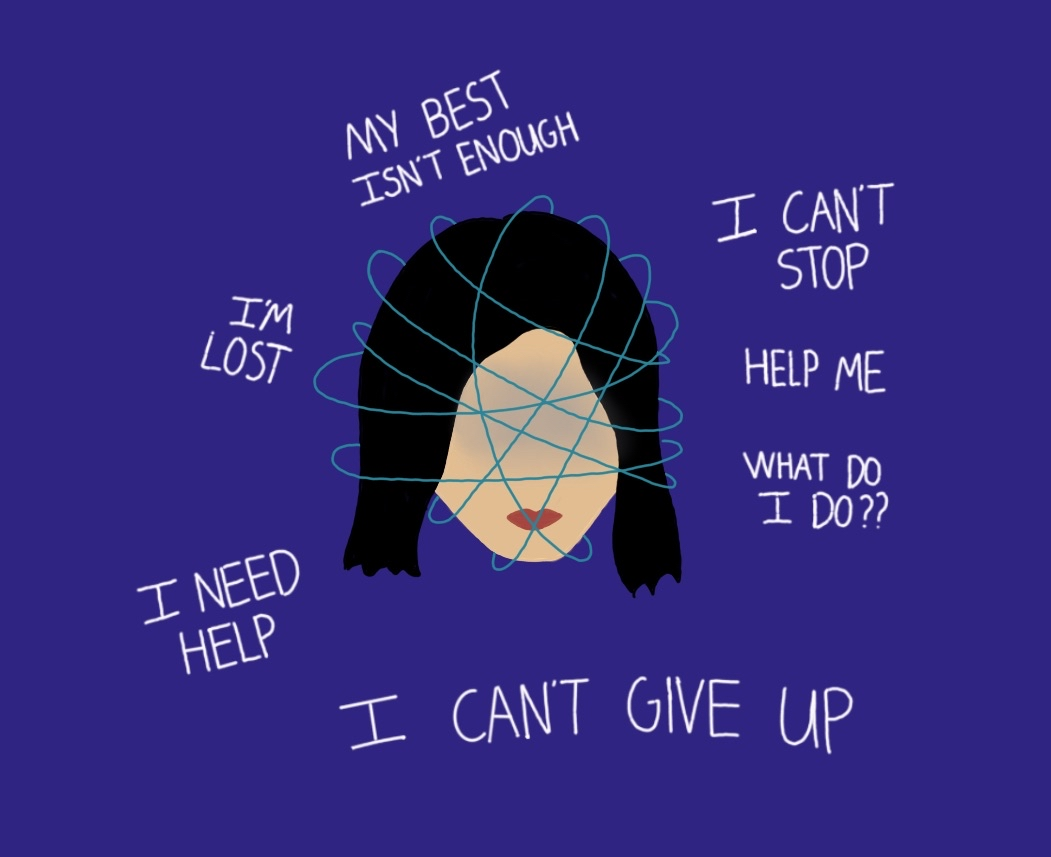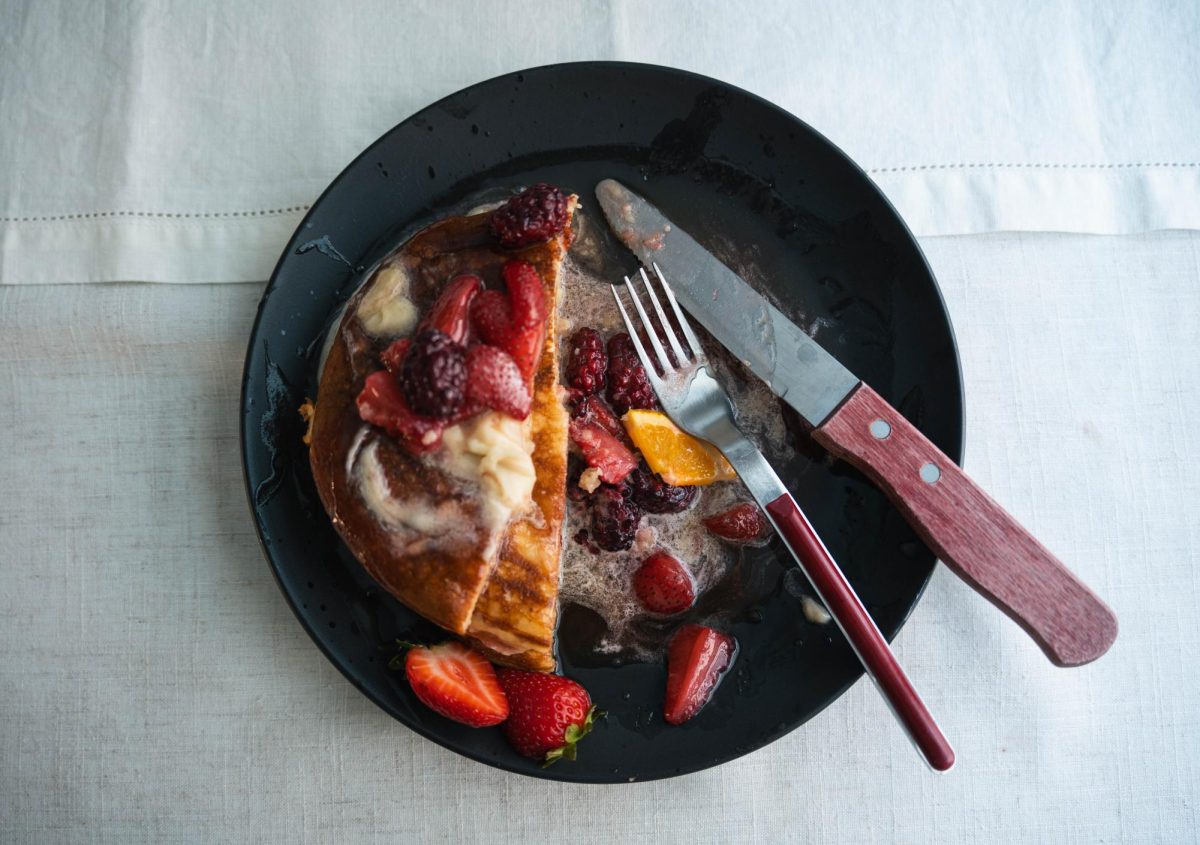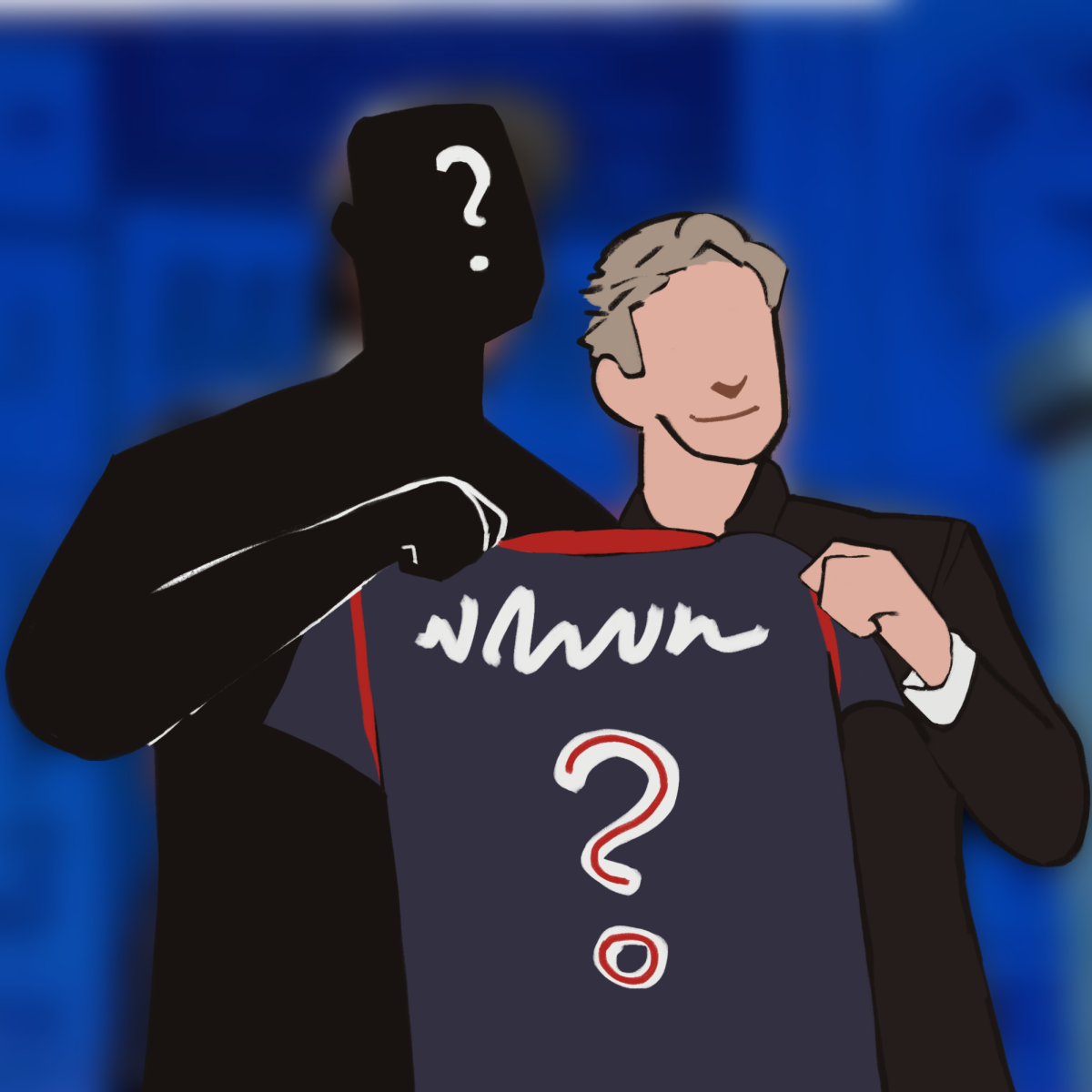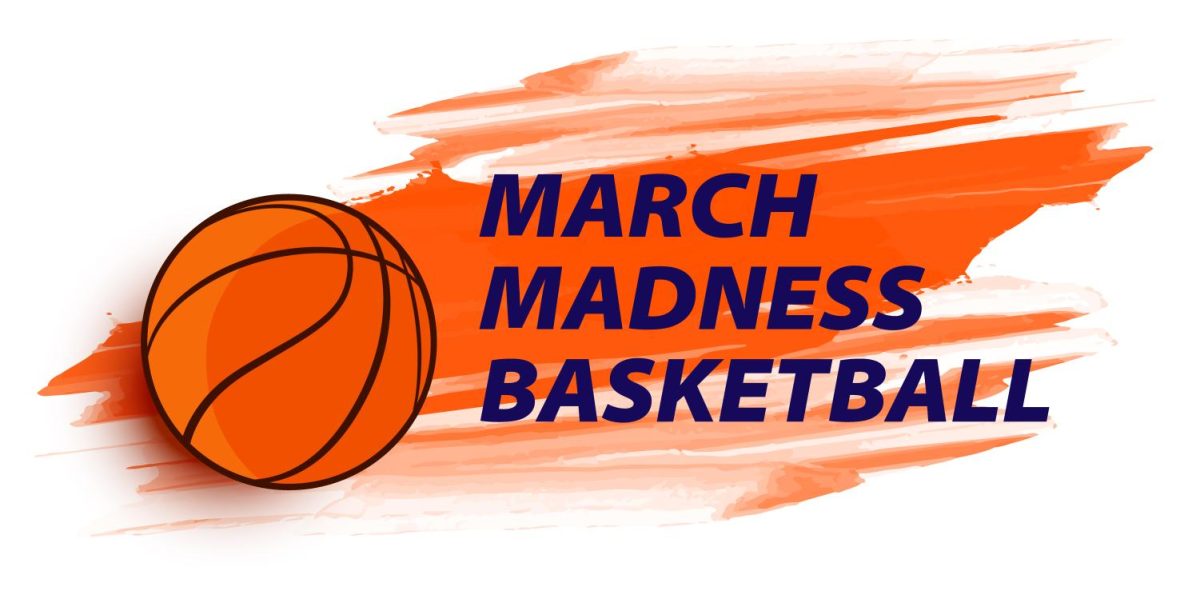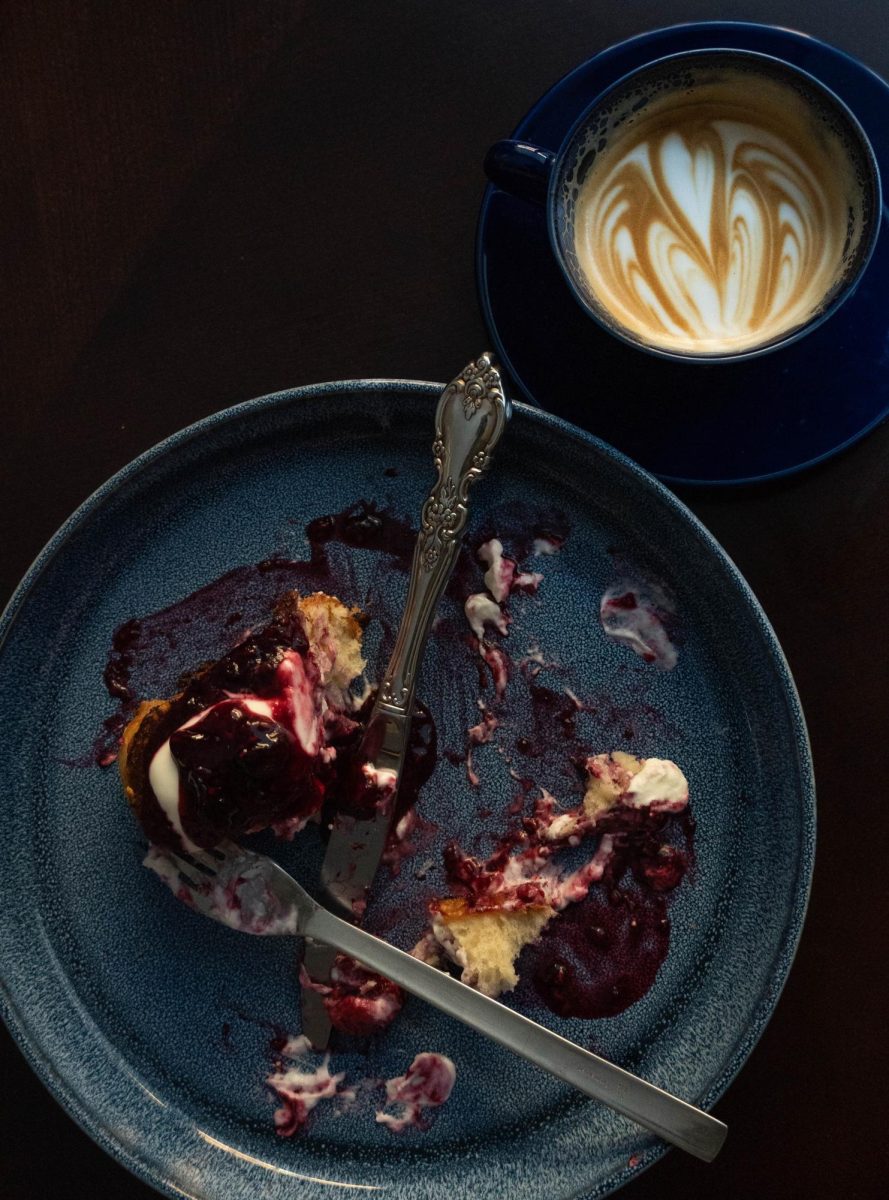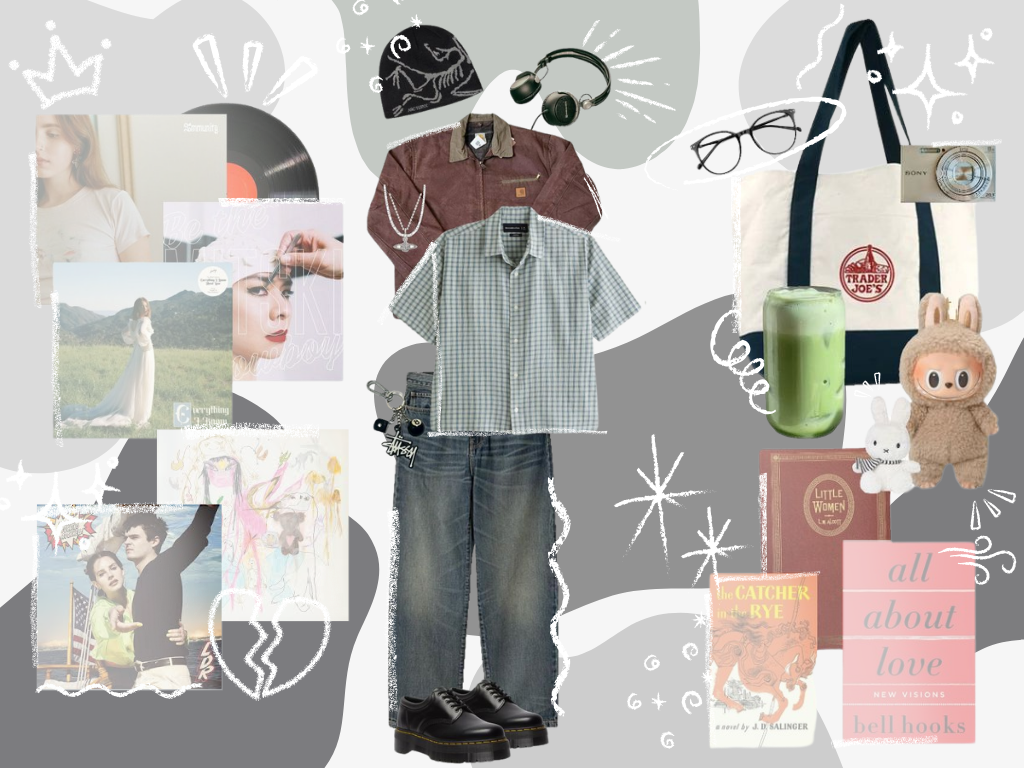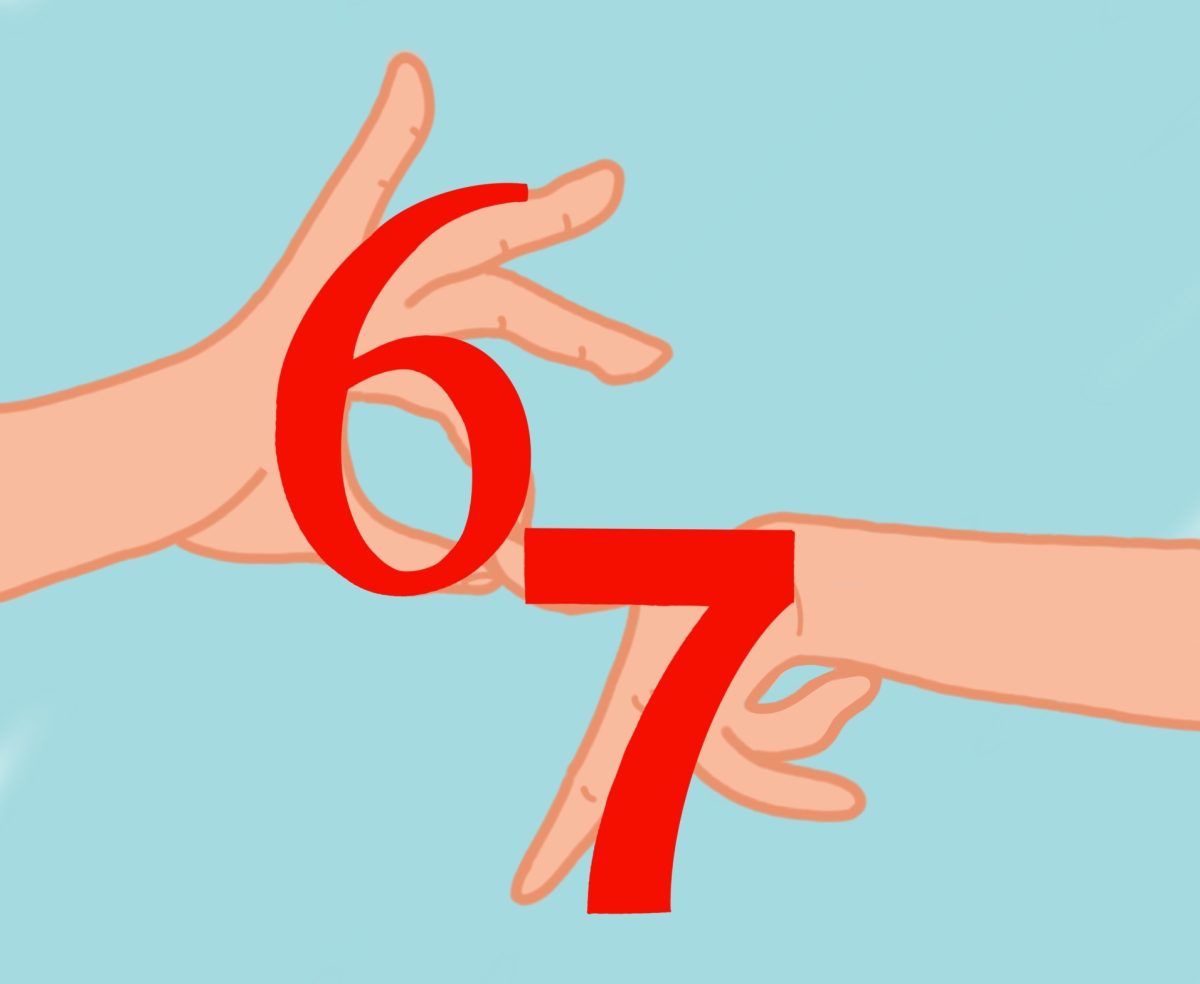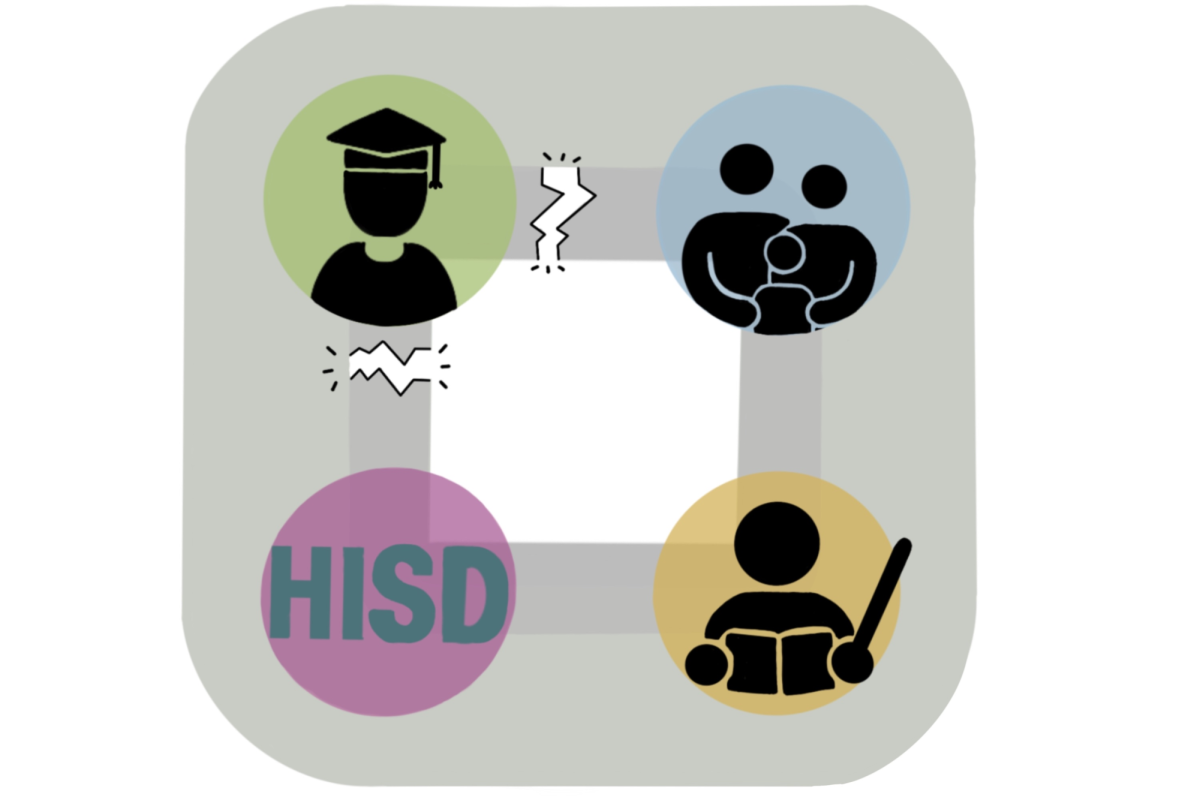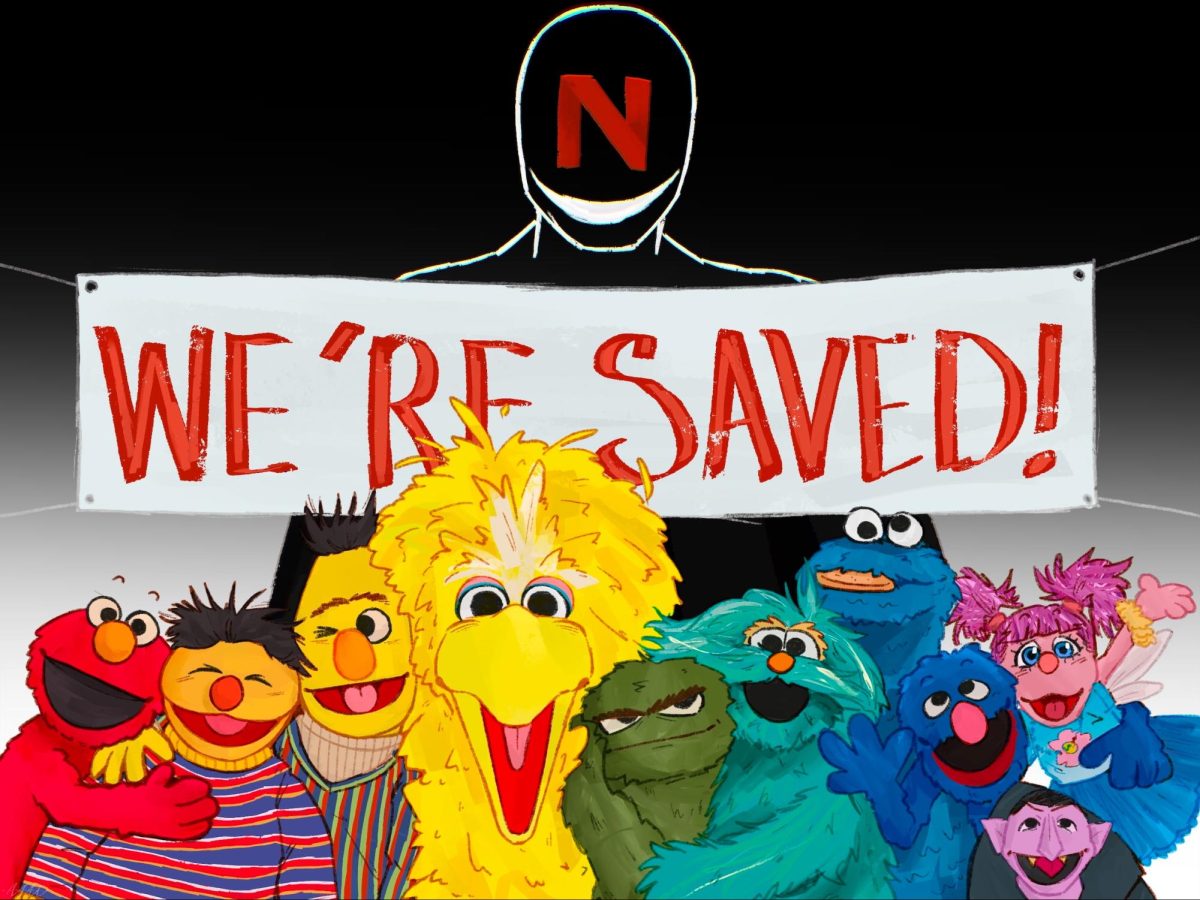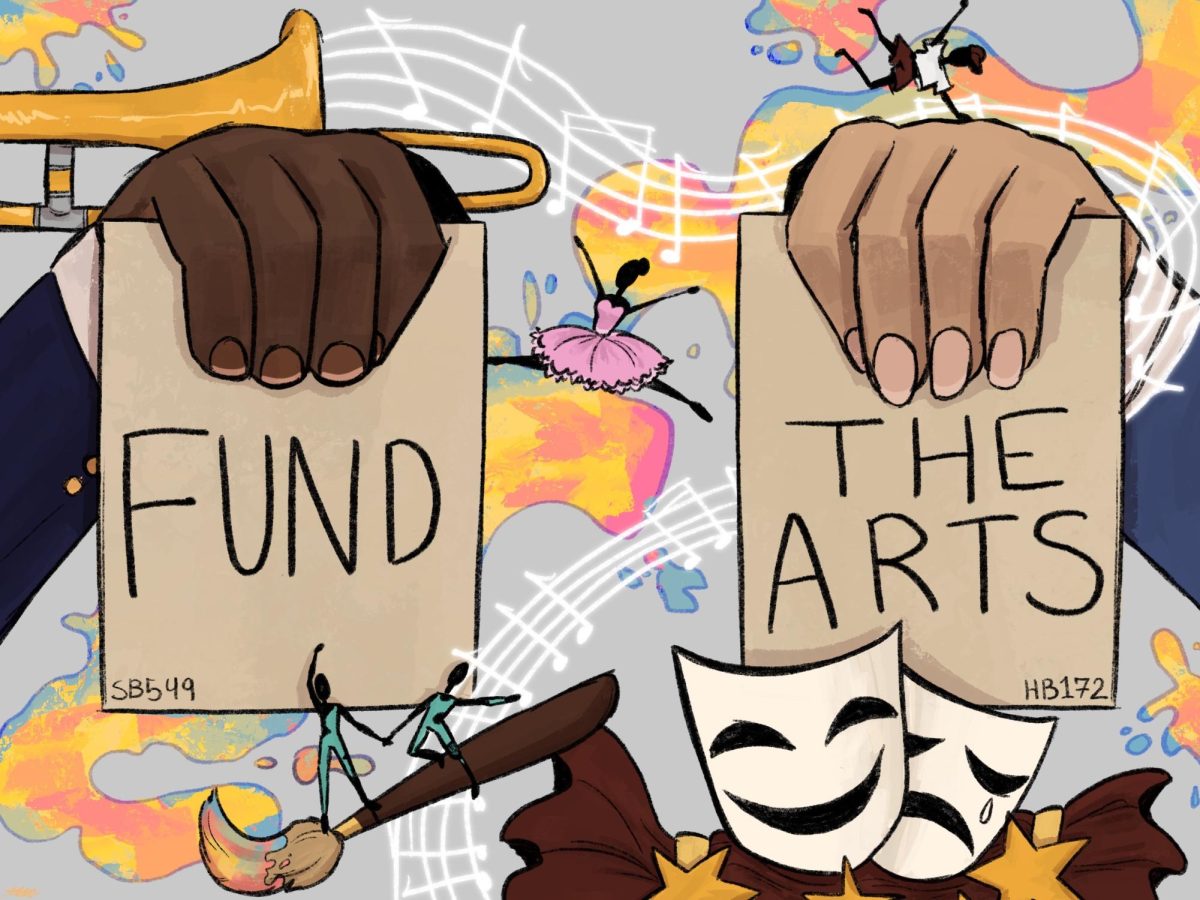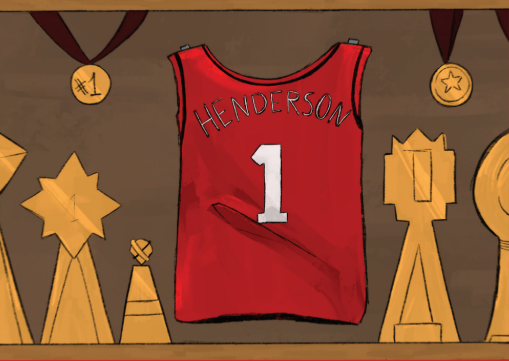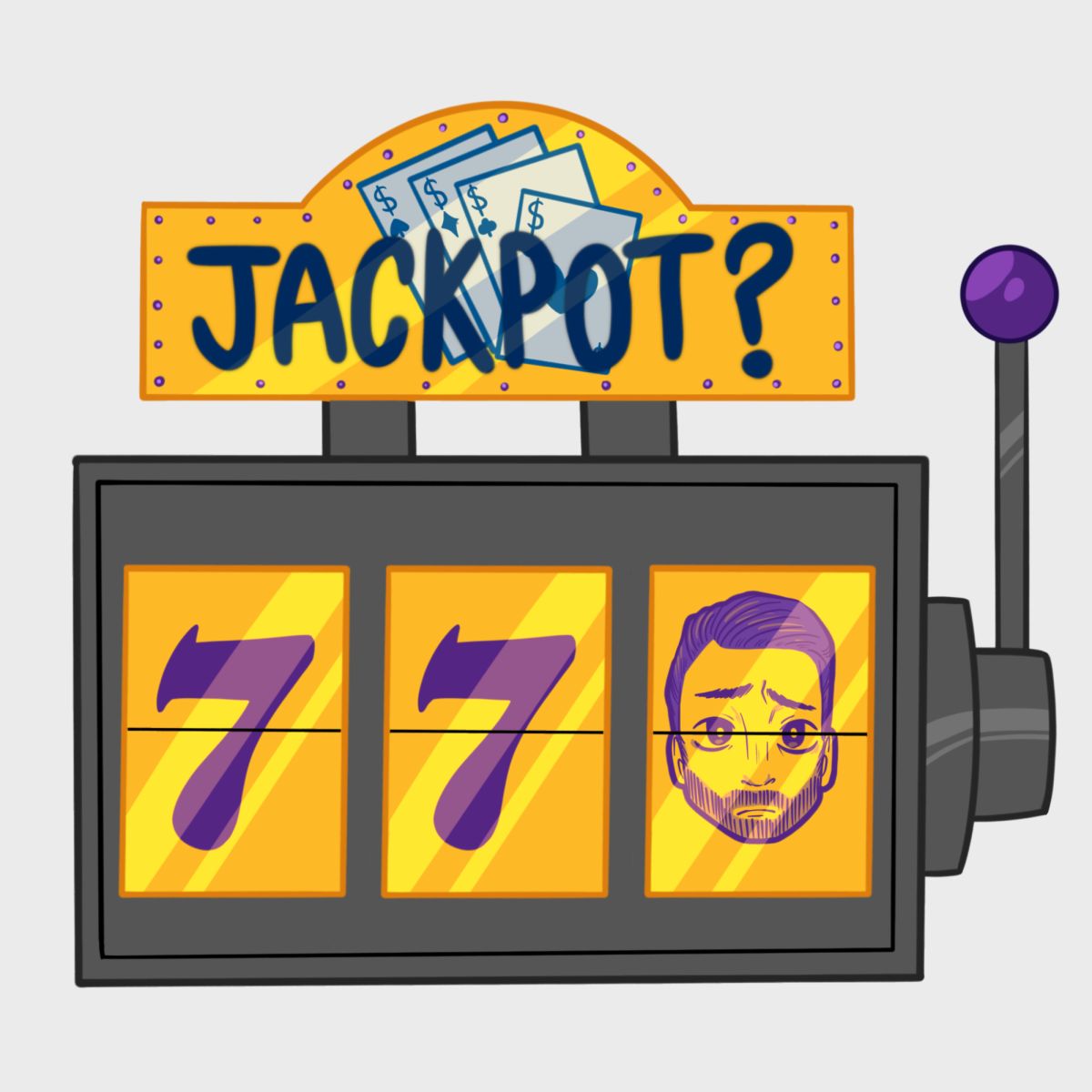With the Lunar New Year coming up, it’s time to recognize the prevalence of East Asian culture in modern media. While representation of East Asian ethnicities is present in the Western world, the majority of people don’t realize how far its influences extend.
East Asian culture is everywhere.
Social Media Trends:
On social media, Internet trends are often inspired by East Asian culture, especially among the beauty industry, like Douyin or gyaru makeup. These trends have taken social platforms like Instagram and TikTok by storm and universalized the culture amongst the Western crowd. Influencers create makeup tutorials designed to help Western audiences try East Asian makeup.
But in recent times, people seem to have confused respect and appreciation with fetishization and appropriation. Though the increased popularity has led to more recognition, it has also led to negative attention from people trying to mimic East Asian looks. An example is when people purposely pull, tape or surgically alter their eye shapes, lifting them up and back to mimic a fox eye look that East Asians often naturally have. Before this trend took off, Asian eye shapes were, dare we say, hated and heavily mocked. We both remember in middle school when we were made fun of for having smaller eyes than other kids who would pull their eyes back until they formed lines.
Film Industry:
East Asian films are some of the most popular and highest-grossing of all time. Animated movies like “Kung Fu Panda,” “Turning Red” and “Over the Moon” highlighted elements of Chinese culture and gained attention worldwide. All of the famed Studio Ghibli films were incredibly popular with global audiences, with many like “Princess Mononoke,” “Grave of the Fireflies” and “The Tale of Princess Kaguya” drawing inspiration from historical Japanese events or locations. This led to more people recognizing lesser-known elements of East Asian culture.
The Japanese anime industry has made its name in the worldwide media over the years, becoming a vital part of the Japanese economy and even finding its way into American childhoods. In the US, many kids grew up watching “Pokémon” or “Dragon Ball Z,” yet never knew they were Japanese shows. Similarly, the Korean film industry has received a lot of attention recently, with 2020’s Oscar winner for Best Picture, “Parasite,” and “Squid Game” being some of the most well-known among fans.
Cuisine:
People don’t realize how prominent East Asian culture is in the world as its culture has been masked and stereotyped. They try to claim that East Asian food and culture is weird and “disgusting.” Influencers on TikTok try East Asian cuisine and post dramatic negative reactions for the whole world to see, pretending to gag and throw up at things that East Asians eat daily.
As more and more influencers turn their attention to cooking content, East Asian recipes have taken off exponentially. You may have heard of a few, with the most popular dishes making their way into the homes of many.
If you have a sweet tooth, you’ve probably tried matcha lattes, boba, dalgona whipped coffee and cookies, ramuné and Thai tea. Crowd favorite dishes like kimchi, tteok-bokki, Buldak instant ramyeon and onigiri have become staples on many people’s grocery lists. Stores like Costco or HEB commonly feature East Asian foods and snacks like Hello Panda, Pocky and seaweed, and the Trader Joe’s soup dumplings famously went viral on the Internet.
These snacks were deemed ‘pretty authentic’ when reviewed by some East Asian influencers, but these foods skyrocketed in popularity among Western influencers trying to join in on the trend, commenting on the authenticity when it wasn’t their place.
Fashion:
Fashion: whether it is a hot mess or a hot topic, it’s everywhere. You know it, you’ve seen it, you want it. The fashion industry has been around since the beginning of time. From modern takes on traditional dress like Japanese kimono, Korean hanbok, Vietnamese áo dài or Chinese qipao to casual styles of acubi, lolita and streetwear; the term “fashion” changes its meaning every day. Many of these styles have been Westernized, but their authenticity and long-lasting history have not been impacted.
Some people don’t realize how prominent East Asian fashion and style are when it comes to trends. People participate in makeup, hair, skin or nail trends that are replicated in the Western world to the point that they lose their origins. To make matters worse, sometimes influencers and creators don’t even realize that the trend they are participating in was derived from Asian social media apps like Xiao Hong Shu, Snow or Douyin, a version of TikTok that is only found in China.
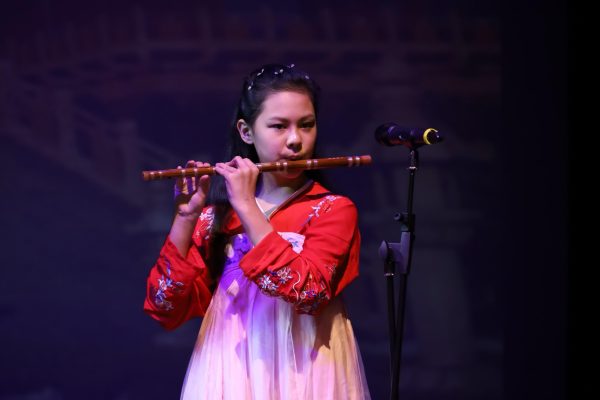
Time for Change:
It’s ridiculous that despite its global impact, East Asian culture is subjected to ignorant stereotypes that are repeatedly perpetuated by Western influencers. The hypocritical treatment shows that a lot of people simply follow the current trends. When East Asian culture is trending, they love it. When it’s not, they hate it.
Many East Asian American kids have memories of their classmates ostracizing them for their East Asian food or appearance. Kids who were previously bullied for their ethnic foods can now find their bullies waiting for hours outside viral East Asian restaurants like Din Tai Fung, 85°C Bakery Cafe or Hai Di Lao.
Stereotypes define East Asian kids as “nerdy” or “weak.” Especially in old films and cartoons, East Asians are depicted as scrawny, yellow-skinned, slant-eyed Communists. Even in modern Western media, East Asian characters are typically cast as comedic relief or side characters to the leading role. The men are portrayed as weak or girly and women as quiet or obedient.
Like in Gilmore Girls, Rory’s best friend, Lane, a Korean-American, had a story that was just as interesting, but due to her status as only a side character, her story was underappreciated and underrated. Lane was a part of a very conservative, religious Korean family that didn’t let her adventure into the real world freely. These cultural restrictions led Lane to rebel against her mother. To us, this sounds like a stereotypical portrayal of East Asian characters if we’ve ever seen one.
Or in the 1984 romcom Sixteen Candles, the Chinese foreign exchange student Long Duk Dong was portrayed as a weak and annoying character with a purposefully irritating voice. Not to mention that his name, Long Duk Dong, is a stereotypical name, poking fun at the sounds of East Asian languages. Or that every time he entered a scene in a peculiar way, a gong would play in the background. Seems flat-out racist in our opinion.
It’s time that we stop undermining the presence of East Asian culture in the Western world. As much as people try to hate it, they will continue to consume East Asian content because there’s no denying that it’s incredibly popular.


